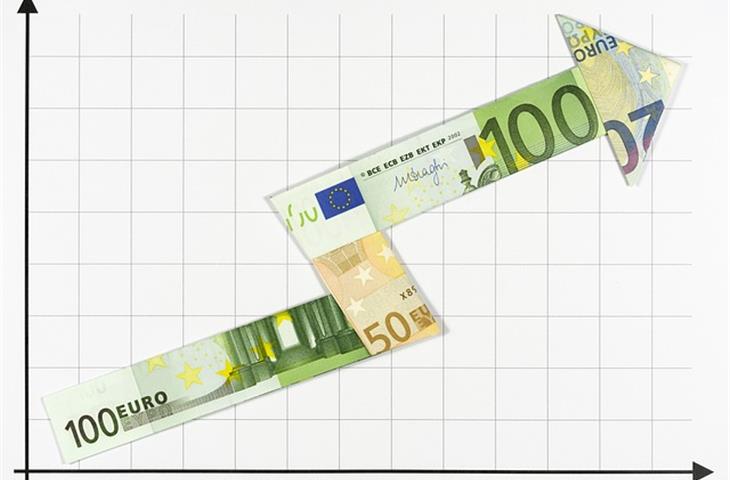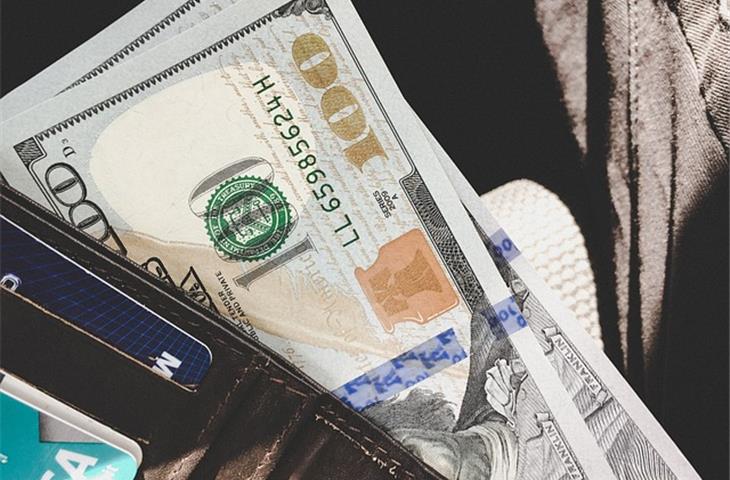The present exchange rate of the euro versus the US dollar is an indispensable gauge that considerably influences both global financial markets and private investors. Fluctuations in these rates potentially result in substantial profits or losses, thus rendering it imperative for participants involved in cross-border commerce, voyages, or investments to remain updated. In this discourse, we shall delve into four pivotal facets pertaining to the euro to US dollar exchange rate currently - its historic backdrop, prevailing trends, prospective future fluctuations, and pragmatic implications in daily existence.
I. Historical Perspective of the Euro to USD Exchange Rate

To comprehend the prevailing exchange rate, it's imperative to examine its historical backdrop. Within the last few decades, the euro to USD exchange rate has traversed numerous stages of ascendancy and retreat. Initially during the 2000s, the euro experienced appreciable value against the US dollar, peaking at approximately $1.60 in 2008. Conversely, the ensuing financial turmoil coupled with the ensuing economic recession triggered a depreciation of the euro, with the exchange rate plummeting beneath $1.00 in 2014. Subsequently, the euro has commenced a gradual recuperation, fluctuating within the vicinity of $1.10 to $1.20.
II. Contemporary Trends in the Euro to USD Exchange Rate

Numerous elements have impacted the euro to USD exchange rate recently. Economic expansion, inflation levels, interest rate disparities, and geopolitical incidents all contribute to the exchange rate determination. Presently, the euro trades at about $1.15, reflecting a mild appreciation against the US dollar. The primary catalysts behind this trend encompass:
A. European Central Bank (ECB) fiscal policy

B. US Federal Reserve (Fed) monetary policy
C. Geopolitical incidents and their repercussions on global markets
III. Prospective Future Fluctuations of the Euro to USD Exchange Rate
Forecasting the future trajectory of the euro to USD exchange rate is inherently complex, yet several variables could sway its course in the forthcoming months and years. Herein are some potential scenarios:
A. Economic expansion and inflation in the Eurozone
B. Fiscal policy alterations by the ECB and the Fed
C. Geopolitical tensions and their effect on global markets
IV. Pragmatic Implications of the Euro to USD Exchange Rate in Daily Life
Comprehending the euro to USD exchange rate can assist individuals and corporations in making judicious financial choices. Here are some practical examples:
A. International travel and tourism
B. Exporting and importing products
C. Currency arbitrage for investors
D. Determining salaries and wages for multinational corporations
In summation, the euro to USD exchange rate presently serves as a multifaceted indicator that permeates diverse aspects of the global economy. By gaining insight into its historic perspective, contemporary trends, prospective future fluctuations, and pragmatic implications, individuals and corporations can adeptly traverse the complexities of the international financial terrain.
